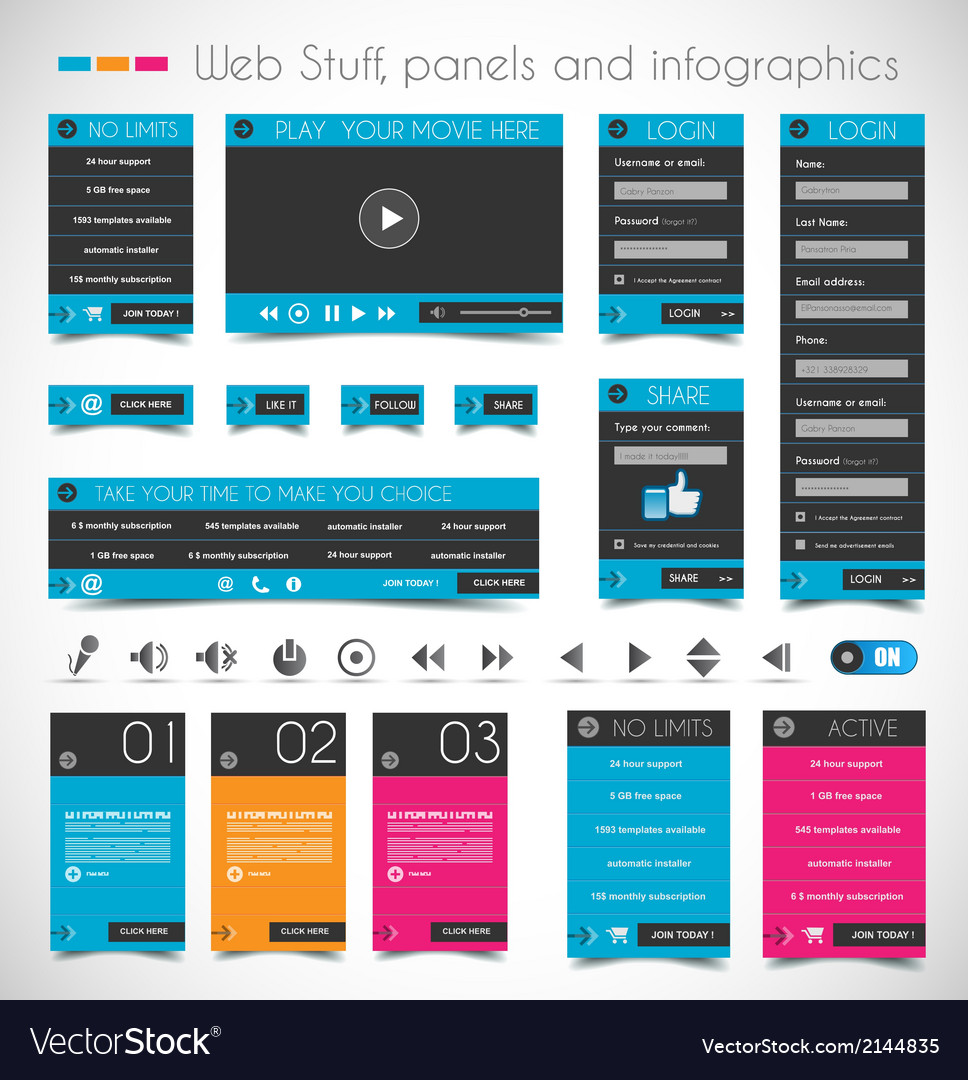Using The Power Of Visual Power Structure In Website Layout
Using The Power Of Visual Power Structure In Website Layout
Blog Article
Material Written By-Korsgaard Magnussen
Imagine a site where every element completes for your focus, leaving you really feeling overwhelmed and unclear of where to focus.
Currently image an internet site where each element is thoroughly organized, assisting your eyes easily with the web page, offering a smooth individual experience.
The distinction hinges on the power of visual pecking order in internet site style. By strategically arranging and focusing on components on a webpage, developers can create a clear and user-friendly course for users to follow, eventually enhancing interaction and driving conversions.
Yet how precisely can you harness this power? Join us as we discover the concepts and strategies behind efficient aesthetic hierarchy, and find just how you can raise your website design to new elevations.
Understanding Visual Power Structure in Web Design
To successfully communicate details and overview users through an internet site, it's vital to recognize the principle of visual pecking order in website design.
Aesthetic hierarchy refers to the arrangement and company of elements on a web page to stress their relevance and produce a clear and instinctive customer experience. By establishing a clear visual power structure, you can route individuals' attention to the most important info or actions on the page, enhancing usability and engagement.
This can be accomplished through various style strategies, including the strategic use of dimension, shade, comparison, and placement of components. For instance, bigger and bolder components normally draw in more attention, while contrasting shades can develop visual comparison and draw emphasis.
Principles for Effective Visual Pecking Order
Comprehending the principles for reliable aesthetic power structure is important in producing an easy to use and interesting website layout. By adhering to these principles, you can guarantee that your website successfully connects info to individuals and overviews their interest to one of the most important aspects.
One concept is to use size and scale to establish a clear aesthetic hierarchy. By making important components larger and much more popular, you can draw attention to them and overview individuals via the material.
Another principle is to use comparison efficiently. By using contrasting colors, font styles, and shapes, you can create visual distinction and emphasize important info.
Additionally, the principle of closeness recommends that related aspects need to be organized together to aesthetically link them and make the internet site more arranged and very easy to browse.
Implementing Visual Pecking Order in Website Design
To execute aesthetic power structure in web site style, focus on crucial components by changing their dimension, shade, and setting on the page.
By making crucial elements bigger and more popular, they'll normally attract the customer's interest.
Use contrasting colors to produce visual comparison and stress essential details. As an example, you can make use of a strong or lively color for headings or call-to-action buttons.
Additionally, consider the setting of each component on the web page. Place https://whatisseoplugins39506.blazingblog.com/30336254/optimizing-roi-with-pay-per-click-marketing-idea-for-success on top or in the center, as users often tend to focus on these areas initially.
Conclusion
So, there you have it. Aesthetic pecking order resembles the conductor of a harmony, guiding your eyes through the internet site design with skill and style.
seo recommendations for a website 's the secret sauce that makes a website pop and sizzle. Without it, your layout is just a jumbled mess of random aspects.
Yet with visual pecking order, you can produce a masterpiece that gets interest, interacts properly, and leaves a long lasting impact.
So leave, my friend, and harness the power of visual power structure in your web site layout. Your audience will thank you.
